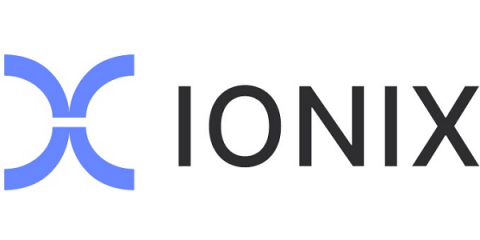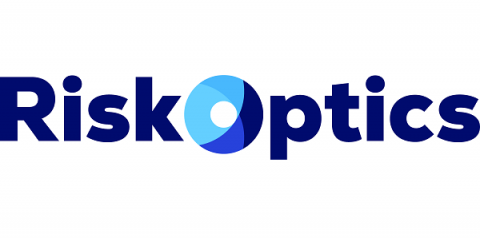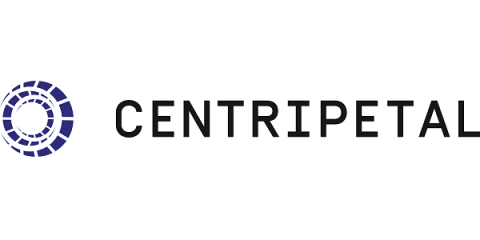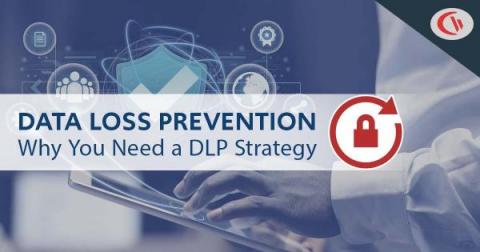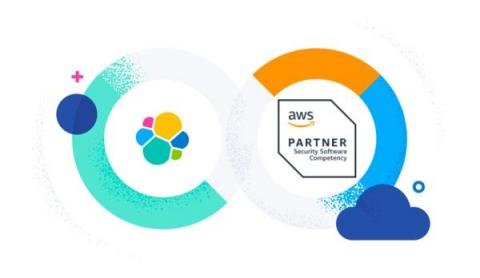Attack Vector vs Attack Surface vs Attack Path (Interaction & Differences)
Cybersecurity is an intricate, multidimensional game of defense that requires businesses to stay one step ahead of threat actors. Among the several dimensions to consider, understanding the differences between attack vectors, attack surfaces, and attack paths is paramount. In this blog post, we aim to elucidate the concepts of attack vector, attack surface, and attack path, and how information security professionals can help secure their digital terrain more effectively.


